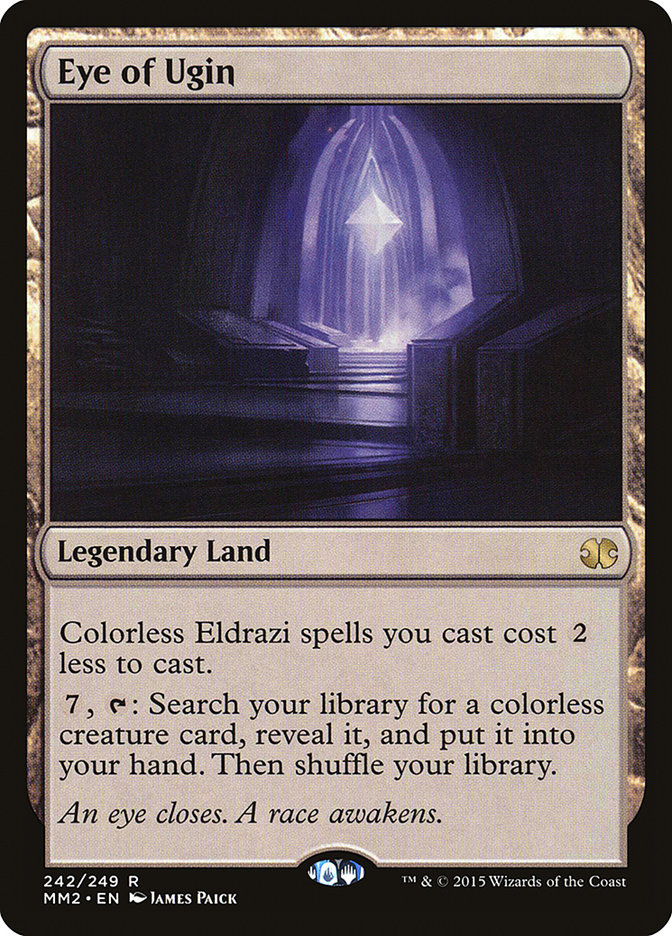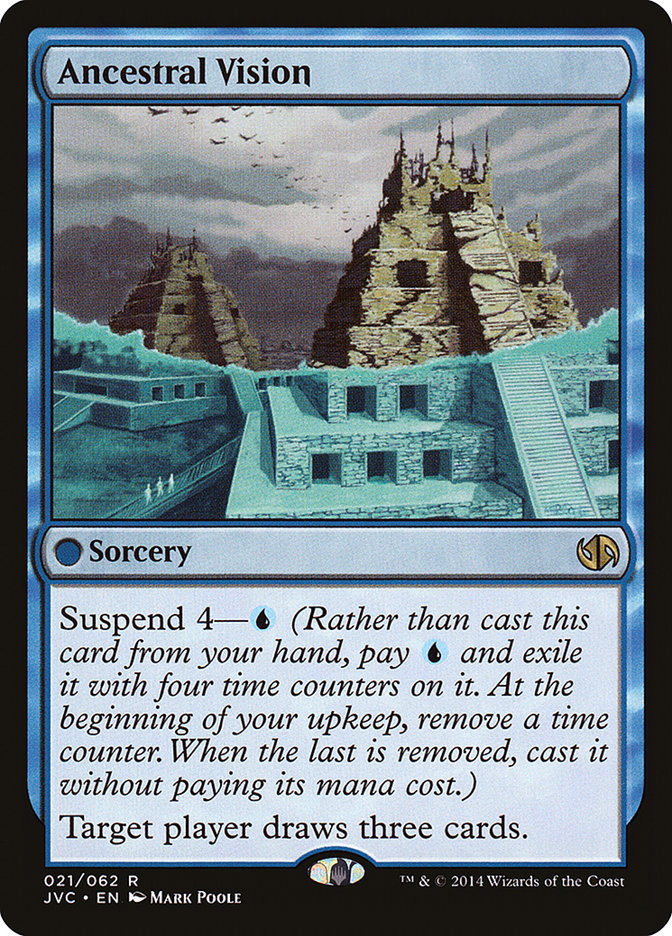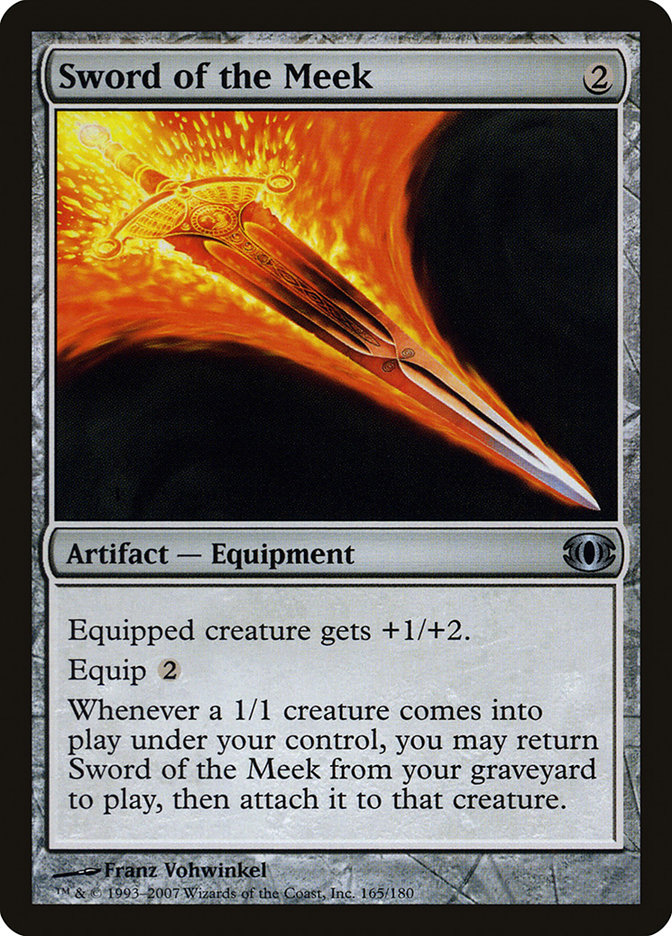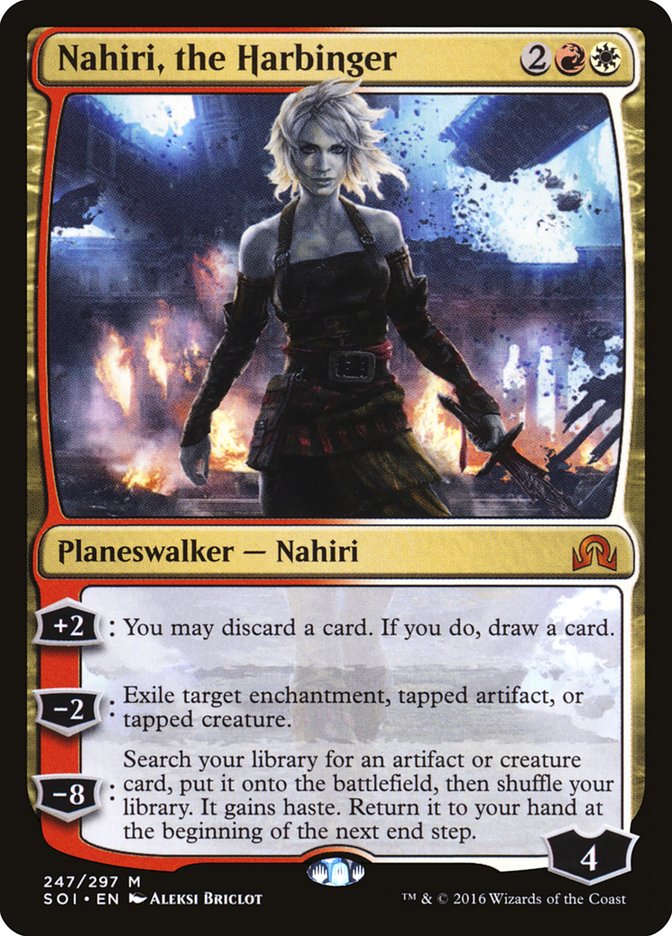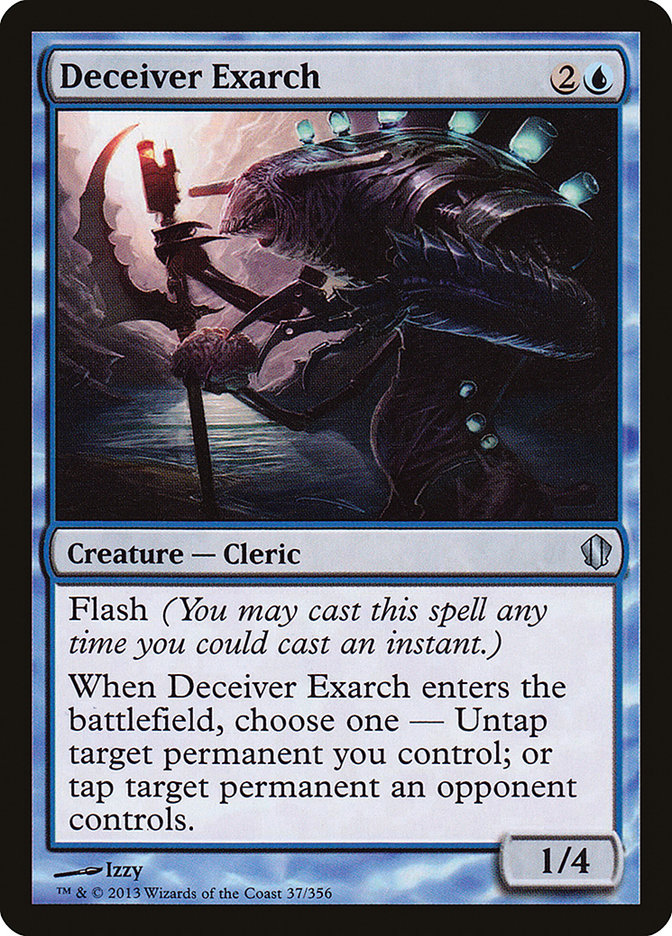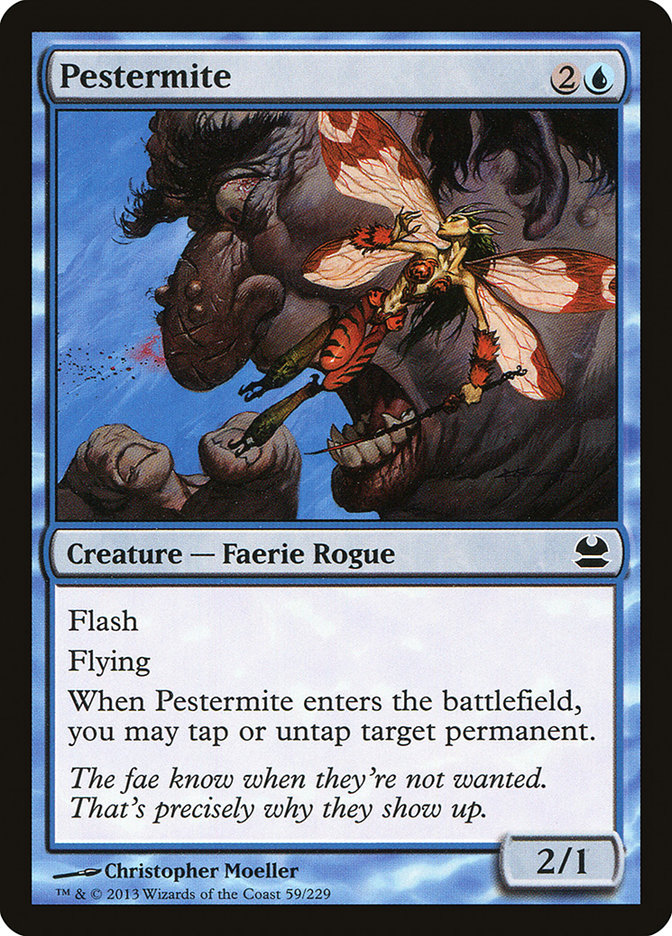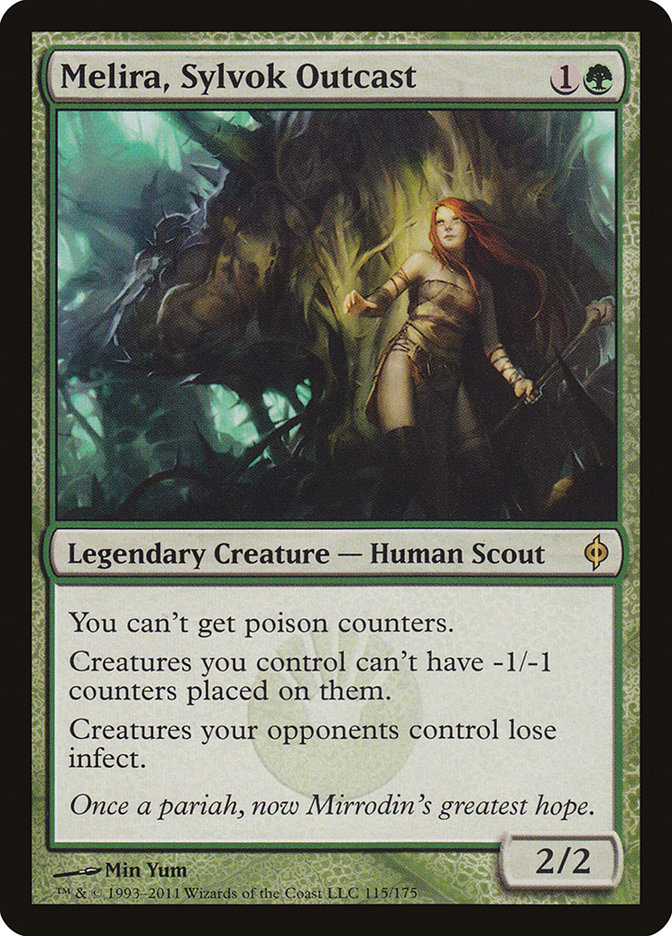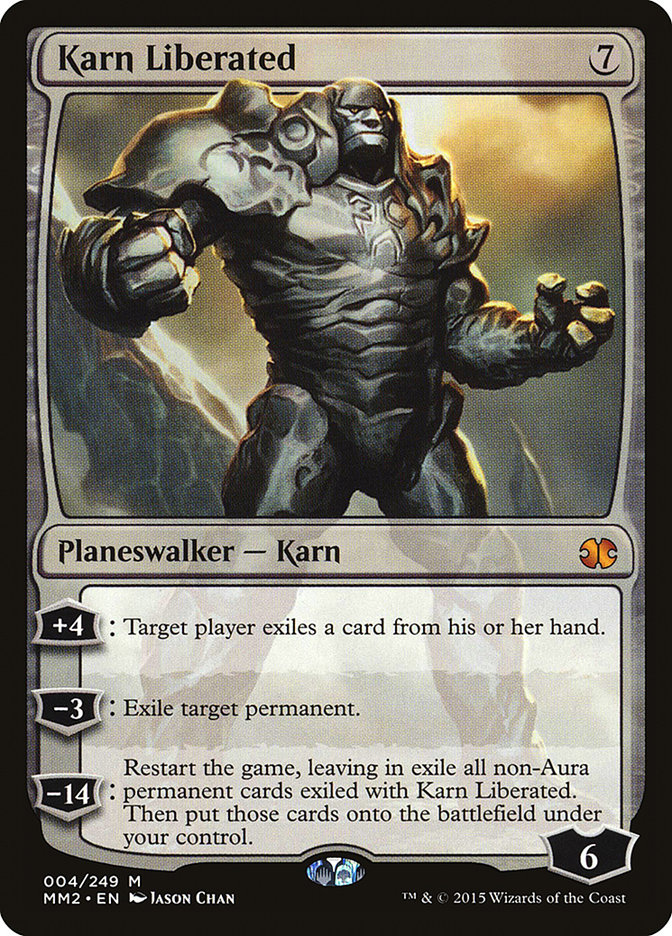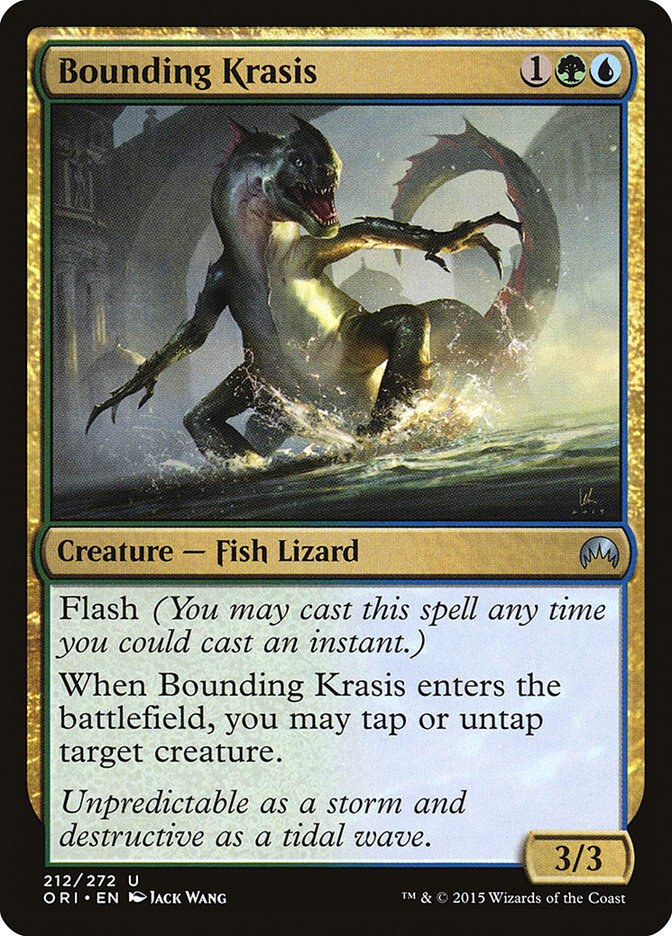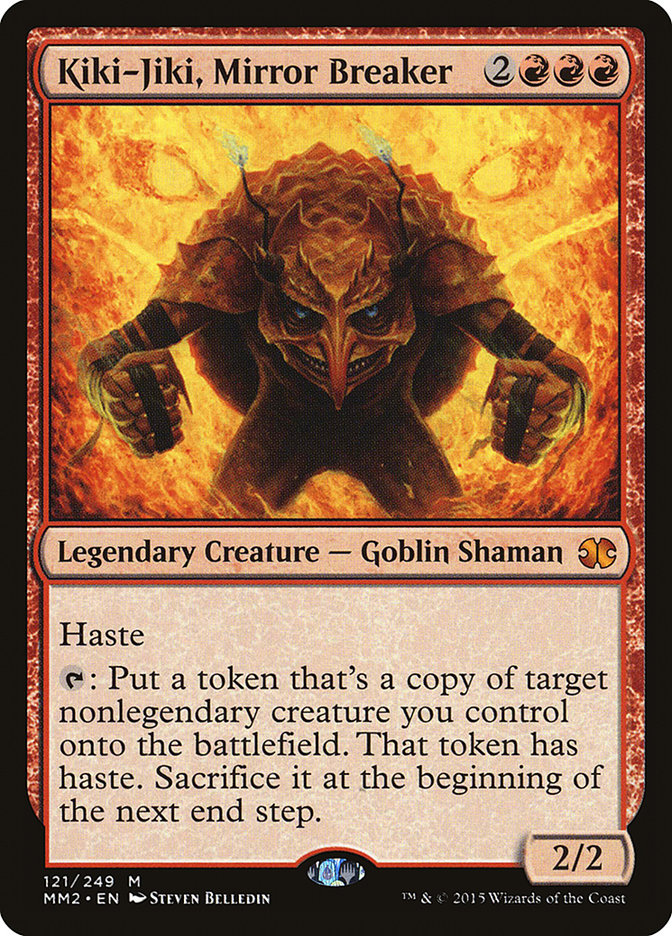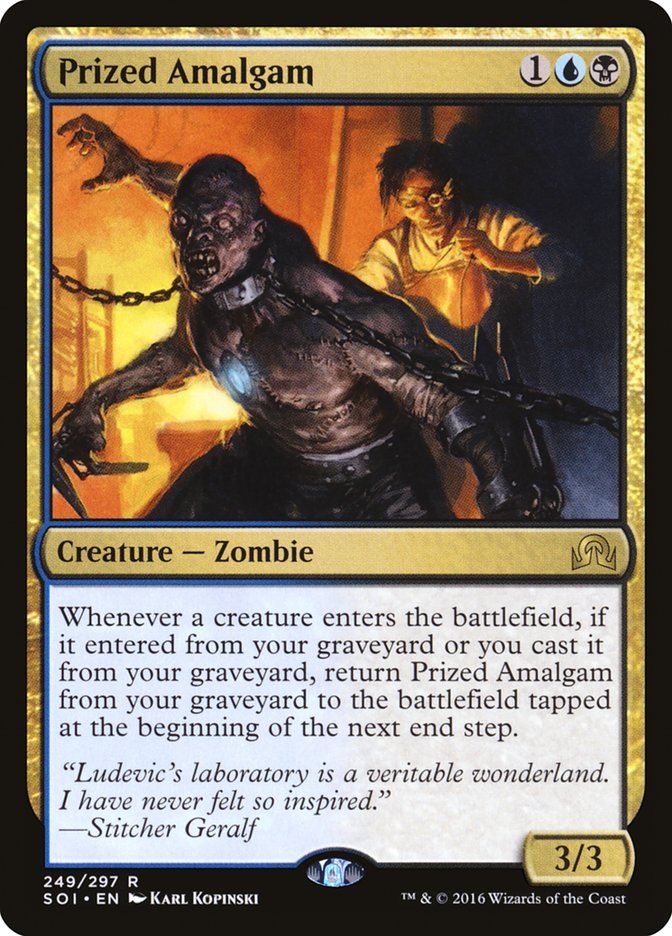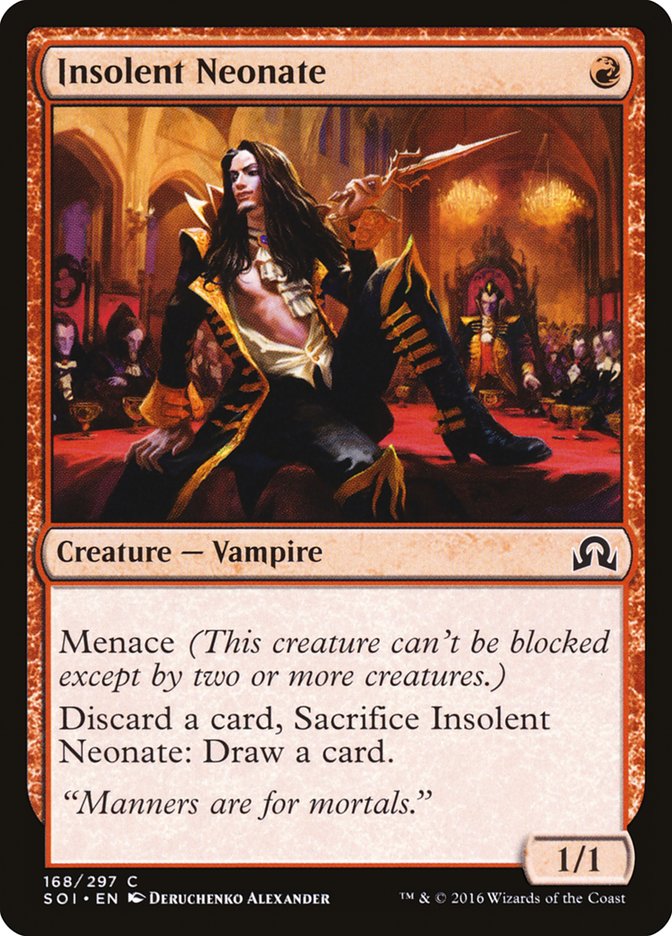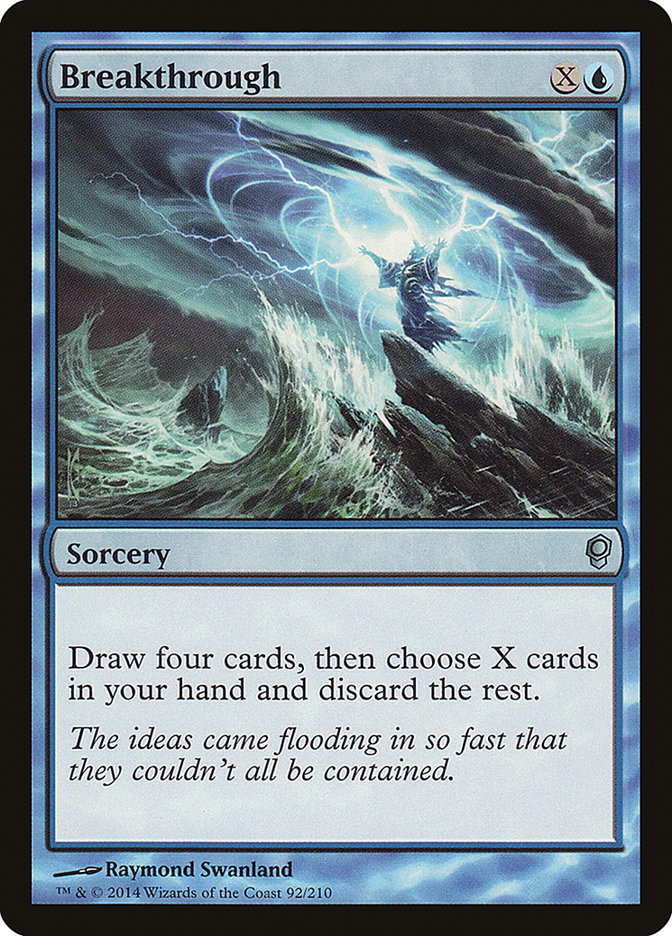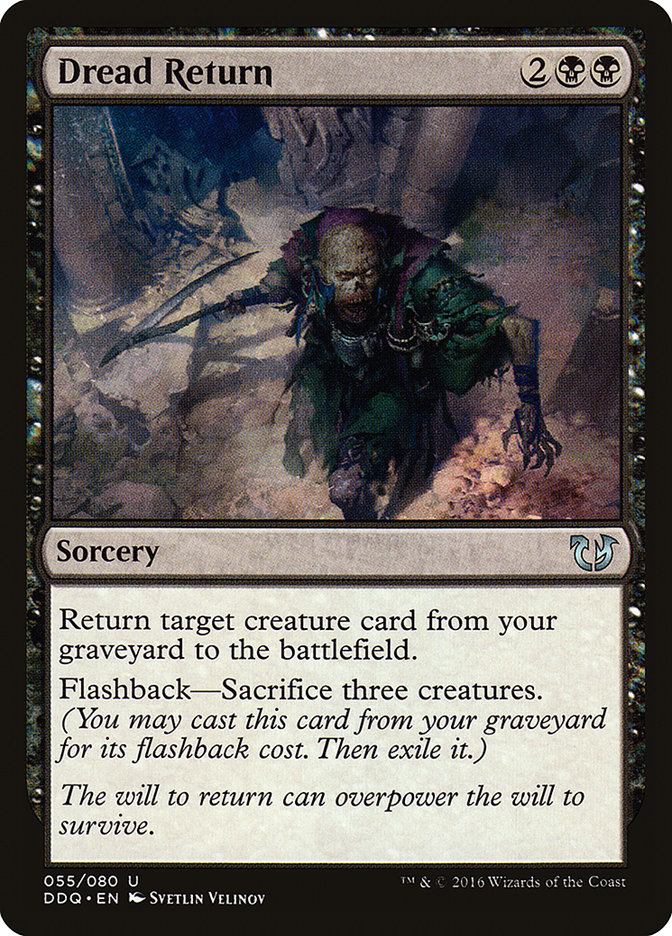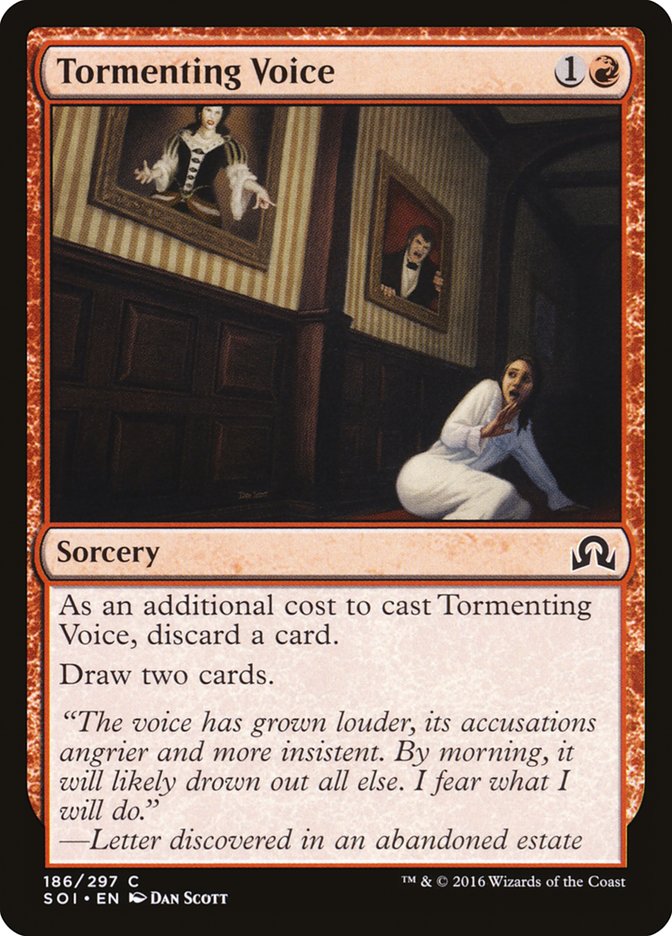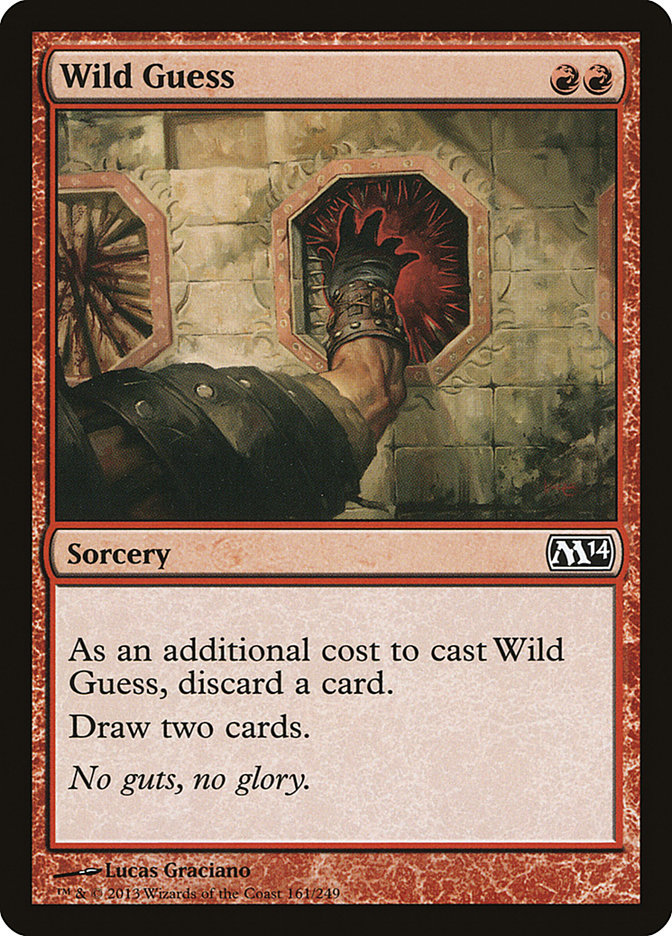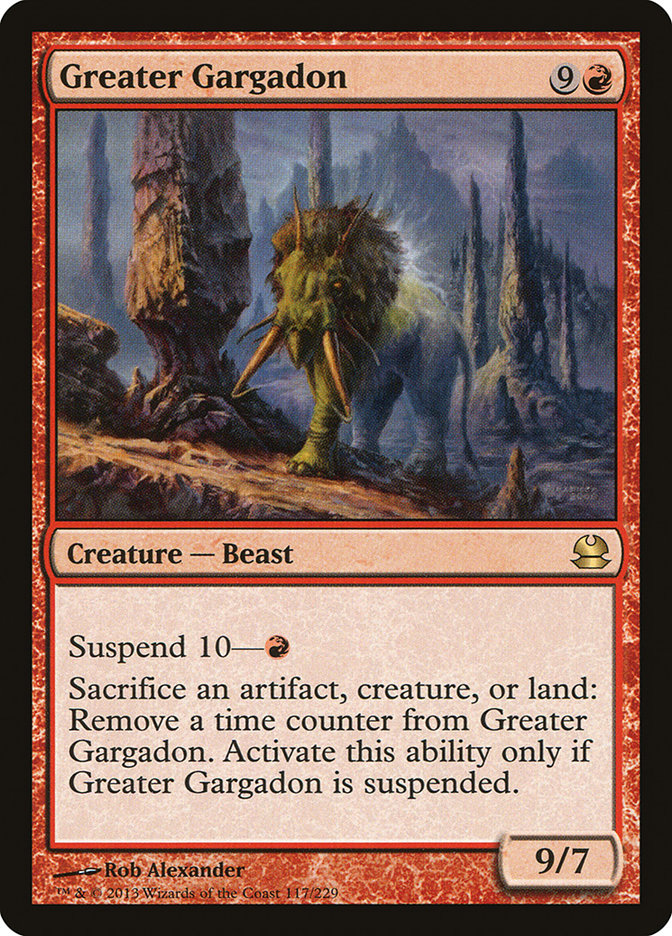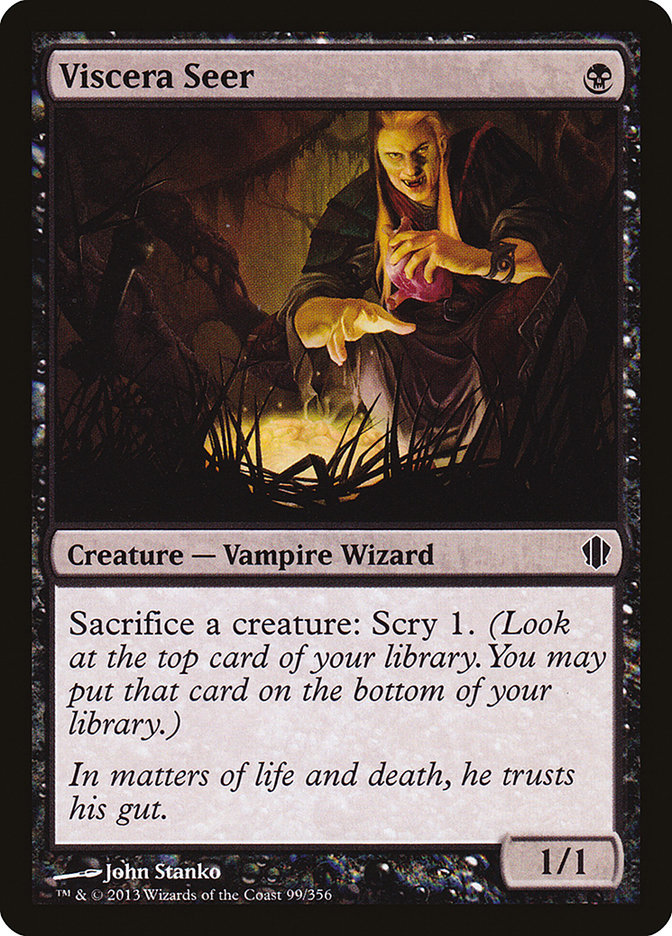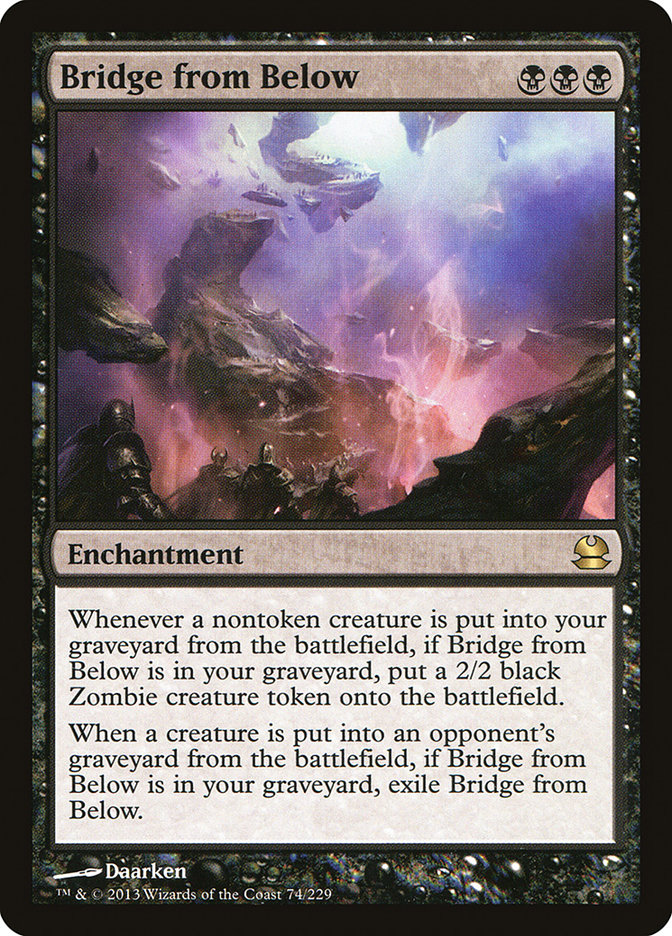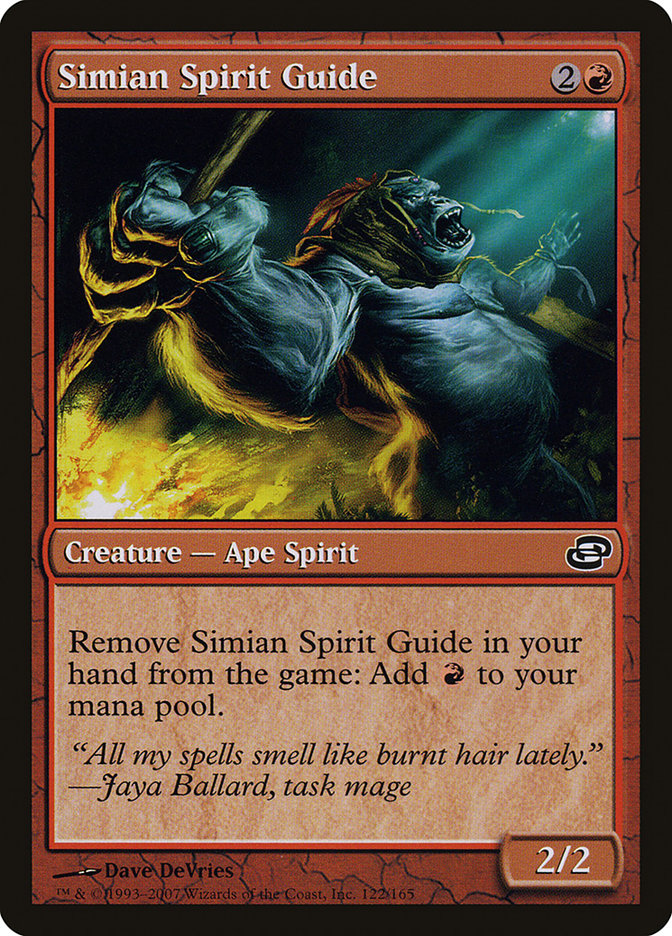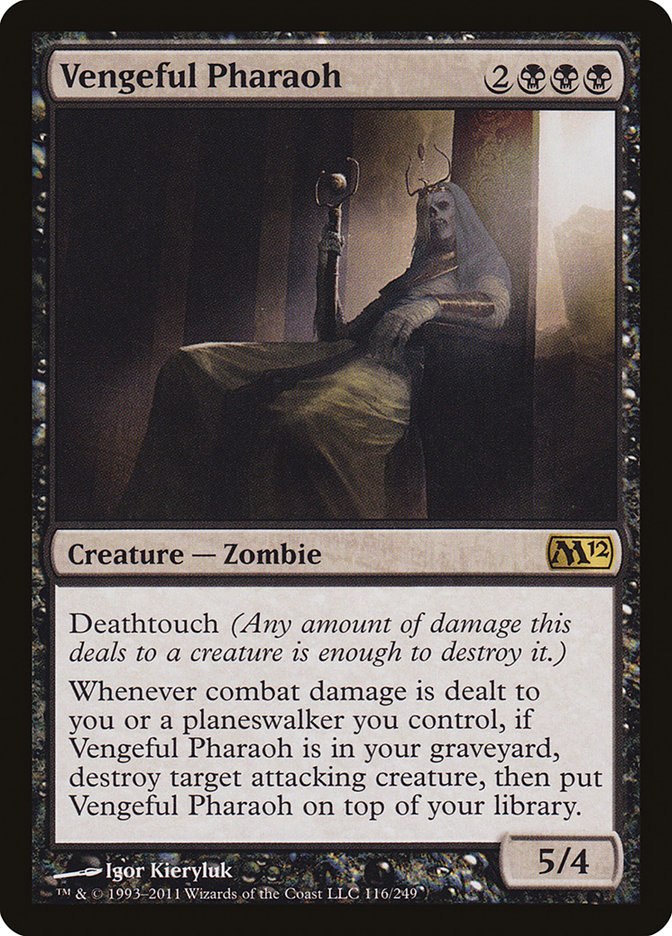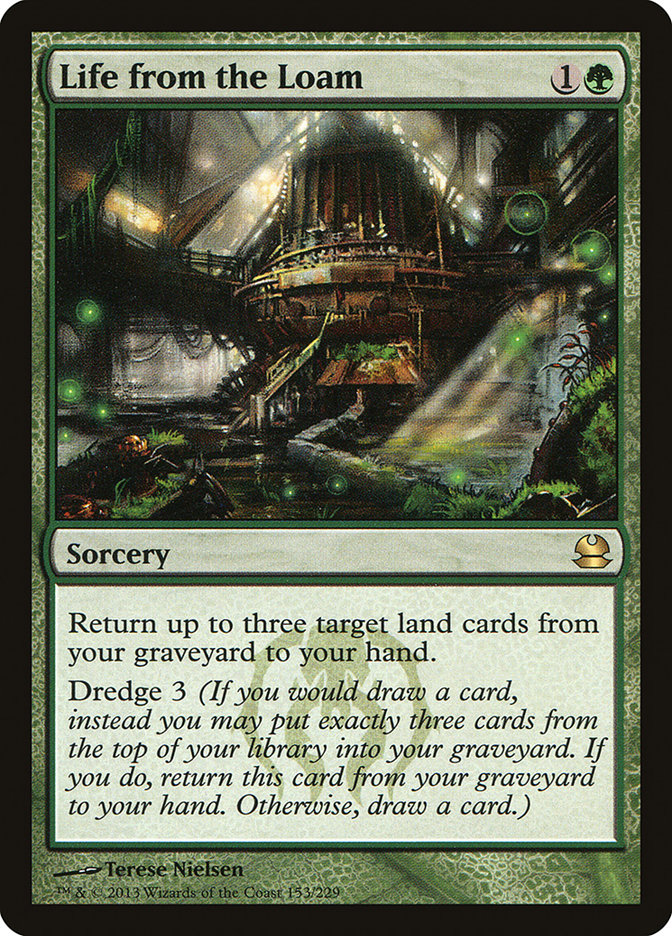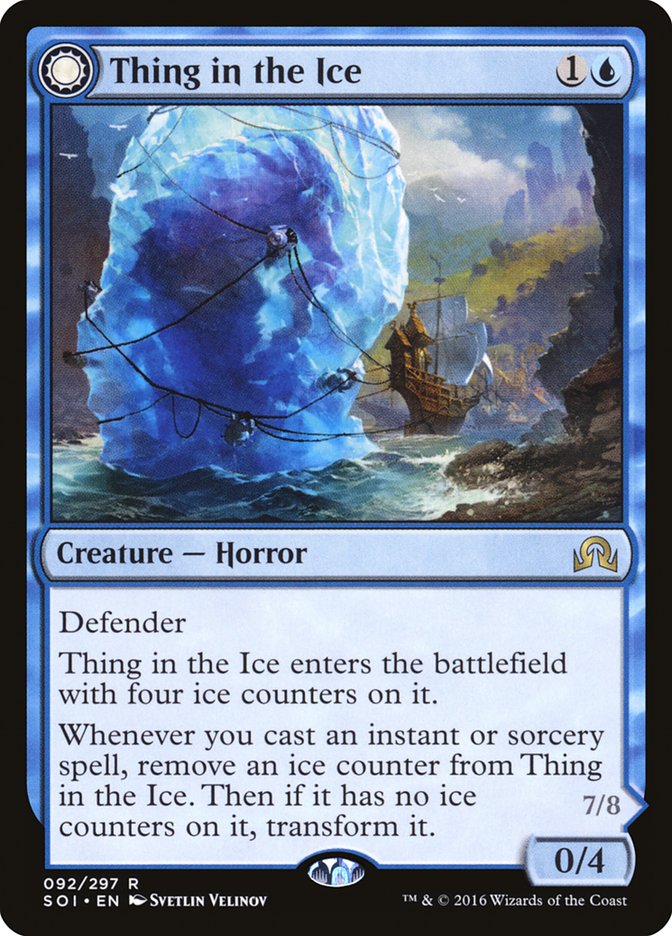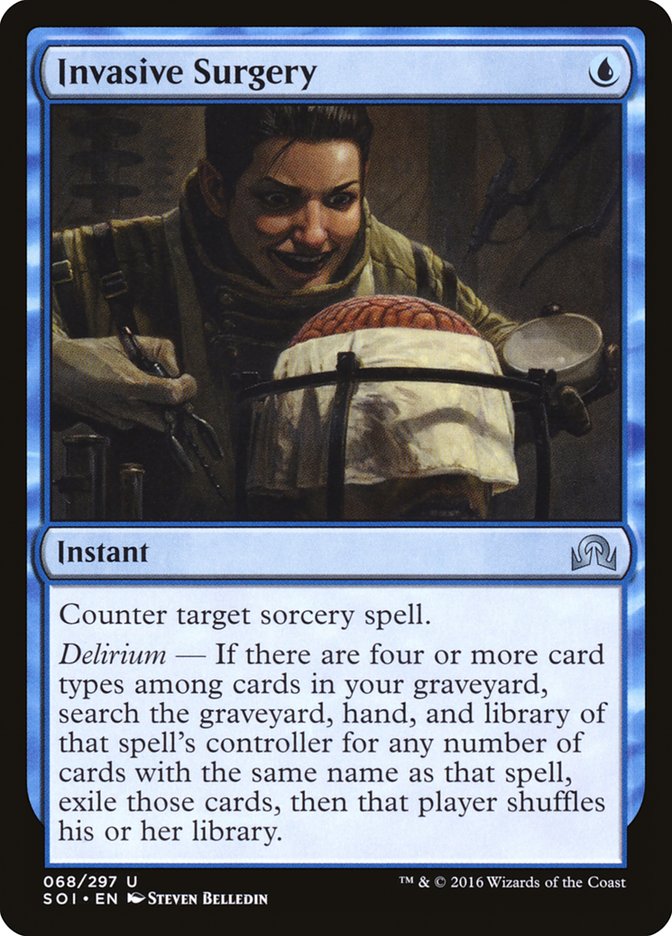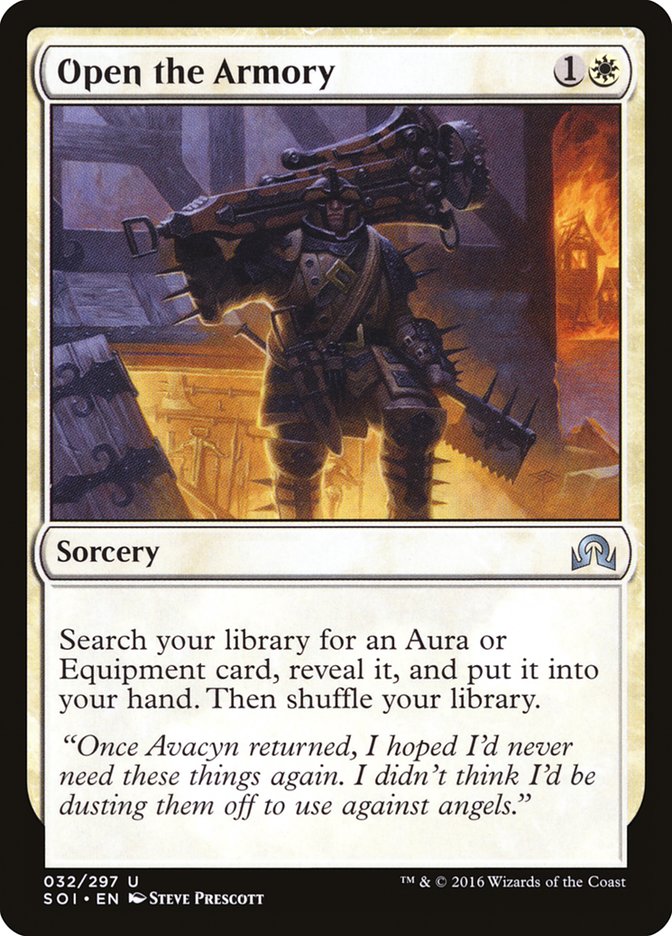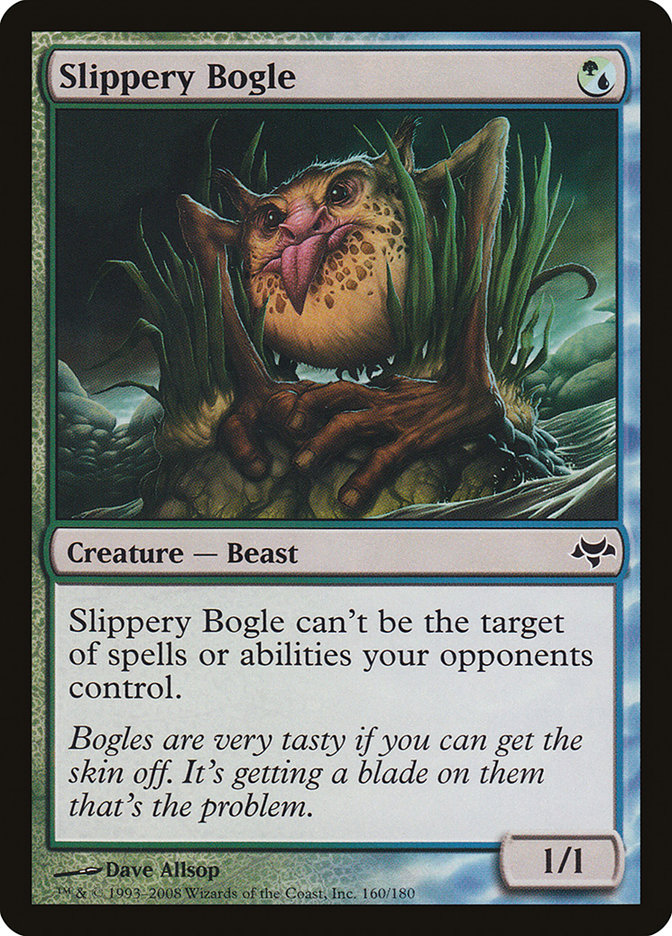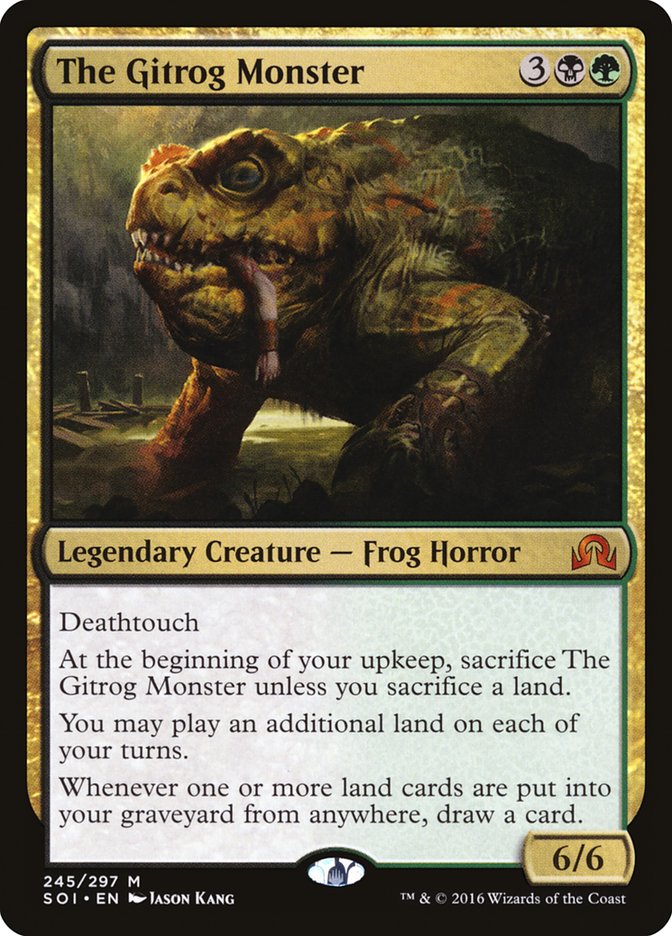If you asked anyone a couple weeks ago about Modern, they would be going on and on about the Shadows over Innistrad banning and unbannings. Is Eldrazi still a deck without Eye of Ugin? Can Tron survive its end-game being crippled? Is Ancestral Vision best in a U/R deck or as a combo refuel in Scapeshift? What does a Sword of the Meek / Thopter Foundry deck even do?
As it turns out, under all that buzz, Shadows over Innistrad itself still had a thing or two to say about the format. While it shouldn’t be a surprise that some of the linear and unique cards from an Innistrad set made their way into older formats, it was shocking that so many of the best ones were missed in the hubbub over the other way the format cycles.
Nahiri, the Harbinger was the breakout star of last weekend’s #SCGINDY, winning the event in Peter Ingram’s Jeskai deck and propelling the previous dark horse W/R Control to a Top 8 finish in the hands of John Pellman.
Creatures (6)
Planeswalkers (4)
Lands (20)
Spells (30)

Creatures (5)
Planeswalkers (9)
Lands (10)
Spells (36)

Nahiri’s first Modern-legal version represents a drastic shift in the format, not unlike the recently removed Splinter Twin. With an Emrakul, the Aeons Torn in your deck, Nahiri, the Harbinger represents a way for control decks to cleanly close out games. It isn’t as abrupt an end as Deceiver Exarch plus Splinter Twin, but Nahiri, the Harbinger is a much better Magic card than those. Rummaging cards away is very real, exiling tapped creatures is very real, exiling assorted enchantments and tapped artifacts is great in a broad format like Modern, and just being a hard-to-answer planeswalker instead of a random three-cost creature is a big upgrade. At the very least, only needing one Emrakul, the Aeons Torn as your true dead card instead of three or four Splinter Twins means you can be a much better fair deck with an incidental combo finish.
The interesting part is that, unlike Splinter Twin, Nahiri, the Harbinger doesn’t force you down the path of a blue deck. While Peter’s deck is the one people are most likely to default to, there is a whole world of Naya, Mardu, and four-color options out there. Mardu is especially exciting to me, as Thoughtseize is great and so is discarding Lingering Souls to Nahri’s +2 ability. Actually, discarding Thoughtseize might even be more exciting, as Nahiri gives the black deck something new to do with dead discard spells in the midgame. Naya is more a “cast Nahiri on turn 3 and Emrakul them on turn 4” kind of deal, but that’s not necessarily a bad thing.
The success of Nahiri, the Harbinger isn’t entirely on the new card either. Had she been printed six months ago, it’s likely she would have started off a fringe player instead of a potent finisher. As a win condition, Emrakul, the Aeons Torn had been suppressed by Deceiver Exarch for many years. If your win condition is attacking with your massive creature and most of the ways to do so only give you a one-turn window to use it, getting it tapped down is game over.
While it wasn’t quite realized until now, the banning of Splinter Twin has really opened up the floor for Through the Breach; Goryo’s Vengeance; Nahiri, the Harbinger; and all the other ways to cheat out the largest Eldrazi. To be fair, the best Goryo’s Vengeance deck is probably still the Nourishing Shoal one that draws its deck regardless of whether Griselbrand is tapped down, but for Through the Breach it matters a lot more. The card has seen play as a secondary plan in many decks in the past, and I would not be surprised to see it and Nahiri, the Harbinger team up to make previously mild decks go completely wild.
Nahiri, the Harbinger was also extremely well-positioned for exactly the metagame last weekend. Abzan Company was the deck to beat, and Tron was the obvious response from the rest of the metagame. Both of those decks have issues with opposing Emrakul annihilator triggers, and both traditionally have won slightly longer games against various W/R/x Control decks as they eventually overcome light interaction. Both decks have the tools to fight Nahiri if necessary, but without advance notice it’s hard to show up with them. Expect more Pithing Needle and Phyrexian Revoker this weekend, but don’t expect Nahiri, the Harbinger to be going anywhere soon.
One-mana tutor? I thought we learned this lesson a long time ago. Admittedly, Traverse the Ulvenwald makes you jump through hoops, but they aren’t very convoluted ones. “Sacrifice Misty Rainforest, Serum Visions, Mana Leak your spell” is already most of the way there. Add Thought Scour, Mishra’s Bauble, and Seal of Fire or Tarfire to the mix and you reliably have a better Worldly Tutor.
Creatures (16)
- 1 Eternal Witness
- 4 Tarmogoyf
- 1 Scavenging Ooze
- 3 Snapcaster Mage
- 2 Jace, Vryn's Prodigy
- 1 Pia and Kiran Nalaar
- 4 Tireless Tracker
Lands (14)
Spells (30)

Sam Black played a Temur Traverse deck at the Magic Online Championship, and despite his poor record with the deck, I expect this will be a framework many people use moving forward. Snapcaster Mage and Traverse the Ulvenwald do great work together, allowing your Traverse to bring a 2/1 friend with it in grindy matchups. Eternal Witness lets the chain go further than one extra body by not exiling Traverse the Ulvenwald when you recast it the way Snapcaster Mage or Jace, Vryn’s Prodigy does.
The most interesting part of Sam’s list is that he has eschewed the main Traverse the Ulvenwald target in most of the lists I’ve seen: Kiki-Jiki, Mirror Breaker. Most of the Traverse lists floating around look a lot like the old Tarmo-Twin decks popularized by Patrick Dickmann. A few copies of Bounding Krasis or Pestermite aren’t terrible at applying pressure, and if you ever draw one of those cards along with a Traverse the Ulvenwald, you can find your one Kiki-Jiki and go off.
The constraints here are that all of the creature combo pieces are subpar cards for the format and you can only support so many creature cards with the need for delirium. If you only play two copies of Bounding Krasis, is the Kiki-Jiki, Mirror Breaker actually adding enough? If you play more, do you have enough good threats to make the tappers actual cards? I feel like the answer is yes, but you will really have to work with the numbers.
The immediate slot to work with has to be Tireless Tracker. I get that it is trying to be a fatter Mulldrifter here with fetchlands, but the matchup against Lightning Bolt is so bad that I would be concerned. A big part of the Tarmogoyf and Snapcaster Mage duo is that Lightning Bolt is so bad against you. Maybe you want one Tireless Tracker-style card to get the ball rolling at times, but it doesn’t feel like the card is quite there for the format. Worth noting: the Lightning Bolt point I just made also points away from Jace, Vryn’s Prodigy and Bounding Krasis. Grixis gets away with this via Kolaghan’s Command; Temur doesn’t have the same specific two-for-one to make that trade profitable.
The one big note I will make here: if you are playing a Traverse the Ulvenwald deck, the best and worst part of your 75 will be the sideboard. You are a deck with tutors and Snapcaster Mages, so you have all the ways to make your sideboard cards count for more. Your instants and sorceries get cast multiple times, and any single high-impact creature or land in your sideboard is immediately accessible via Traverse the Ulvenwald.
The flip side of this is that you will always be a delirium deck. That means your sideboarding will get very finicky. If Sam Black had to take out all of his Spell Snares due to a lack of targets, suddenly he would find himself short on instants relative to a fine-tuned maindeck number and his best post-sideboard card would be much less likely to be active. Before I played Traverse the Ulvenwald at an event, I would want to have a defined plan for each matchup that accounted for the sideboard to stabilize my card types.
There’s also a real danger of becoming too graveyard-focused in this archetype. Think back to the post-Dragons of Tarkir metagame where Kolaghan’s Command brought about the Grixis Delve decks as the new flavor of midrange. A piece of common tech became sideboarding Leyline of the Void against these decks as it shut off almost all of their key components. If you go down the road of Snapcaster Mage, Traverse the Ulvenwald, and Tarmogoyf, you can suffer a similar fate. Be very aware of this and have enough non-graveyard based threats like Pia and Kiran Nalaar; Keranos, God of Storms; and Batterskull to beat the “fair” decks trying to attack your graveyard and have the right hate cards for the unfair decks trying to do this.
On the subject of overly graveyard-based decks, that has been the longstanding issue with Dredge in Modern. You are a pure linear deck that isn’t as powerful as the other pure linear decks and the hate for your deck is much more generically good. Relic of Progenitus and Scavenging Ooze have always done work against the fair decks, but if you want to beat something like G/W Hexproof, the equivalent Back to Nature is basically only good against that one deck.
Prized Amalgam promises to help a little on the “not as powerful” front, but I’m still unconvinced that Dredge is doing enough to be a linear contender. As per my video from Tuesday (and Sam Black’s video from Friday), the deck still felt shaky and lacking a quick finish like it has in Legacy.
Really, the issue isn’t in a lack of creatures to return, but in a lack of ability to flip your deck and immediately do something with it. Insolent Neonate was a hyped dredge enabler, but really, when has Hapless Researcher enabled Golgari Grave-Troll in Legacy and not Reanimate? You want cards with big numbers to hit the most creatures and then need a way to chain those into immediate wins. In Modern, attacking for fourteen on turn 3 doesn’t always cut it. Making two Prized Amalgams and a Narcomoeba on turn 2 sounds cool, but it doesn’t actually end the game before any of the other combo decks goldfish you. Legacy Dredge reanimates a Flame-Kin Zealot and wins immediately, which is usually the definition of enough.
Lesson here: Insolent Neonate might be a bit of a trap. New and exciting doesn’t always mean right for the deck. Dangerous Wager it is!
The shell that interests me is the Modern way to spew out Bridge from Below Zombie tokens. Whether via large numbers of 2/2s or a 9/7 haste, this feels like it might be good enough to win before getting comboed out. Simian Spirit Guide is also likely to be a key part of this, as it allows you to cast enough card draw spells early and deploy a sacrifice outlet. Surprise, surprise, the Ape is doing more horrible things.
It’s also possible the right Dredge deck is still something like the fair list that Jason Chung had success with during Eldrazi Spring. You are a more fair deck that accepts that you can’t kill on turn 3 and die to hate. The goal is to pick your spot when graveyard hate is light and your Darkblast, Gnaw to the Bone, or other dredgeable hate card ban be maximally effective. This isn’t really my cup of tea, but as long as you admit your shortcomings, Prized Amalgam can be a big power boost in this style of Dredge deck.
Not all of the Modern stories from Shadows over Innistrad are winners. Thing in the Ice has been a clear loser so far from a real hype high. It turns out that not dying to Lightning Bolt is only so exciting when the Lightning Bolt decks interested in targeting your creatures are loaded up on other removal. The single-body threat of Thing in the Ice is not much bigger than Young Pyromancer after you cast enough spells to transform it into Awakened Horror, and in the failure cases, Young Pyromancer often leaves around a power or two of Elemental tokens. There’s only room for so many two-drops, and Thing in the Ice is not the best one here. Maybe in Legacy, where it has cantrips to ensure a chain and pitches to Force of Will, it can find a real home.
If Envelop is a viable sideboard card in Legacy, why has Invasive Surgery not seen much play in Modern? It turns out the scary Modern combo decks are the ones that kill super-quickly, and through bannings those have all been relegated to ones that kill via an exposed permanent. The only spell-based combo decks left are Scapeshift, which Invasive Surgery is great against, and the instant-based Ad Nauseam and Goryo’s Vengeance. There will likely be a future world where Invasive Surgery is the answer of choice for that time’s combo deck, but it really isn’t now.
To avoid ending on a down note, let’s not forget the little ones too. Gryff’s Boon went from marginal Limited card to possible first-pick to Standard all-star in the matter of a week, and it is very reasonable in Modern as well. Everyone’s least-favorite Bogle* is often lacking in ways to effectively curve out on Auras and to break through certain obnoxious blockers. Gryff’s Boon is a bit of both. I wouldn’t end up playing four, but starting with four and figuring out the right number is definitely something I would do. I also wouldn’t mind a copy of Open the Armory, as paying three mana for Spirit Link, Ethereal Armor, Rancor, or Gryff’s Boon is a fine place to be when Unflinching Courage has been played as up to a four-of in Bogles before.
* There is exactly one Bogle in Magic, but I’m fairly sure Slippery Bogle would still be the least favorite even if there were more of them.
The winners from Shadows over Innistrad aren’t your typical cards that port into Modern. They aren’t the ones with the great rates or the flexible answers. They are the ones that cost just the right amount and do just the right weird things that are powerful in context. If that wasn’t the most Innistrad thing possible for them, I don’t know what would be.
All I ask moving forward: can someone make this card great in Modern?
Ribbit.


